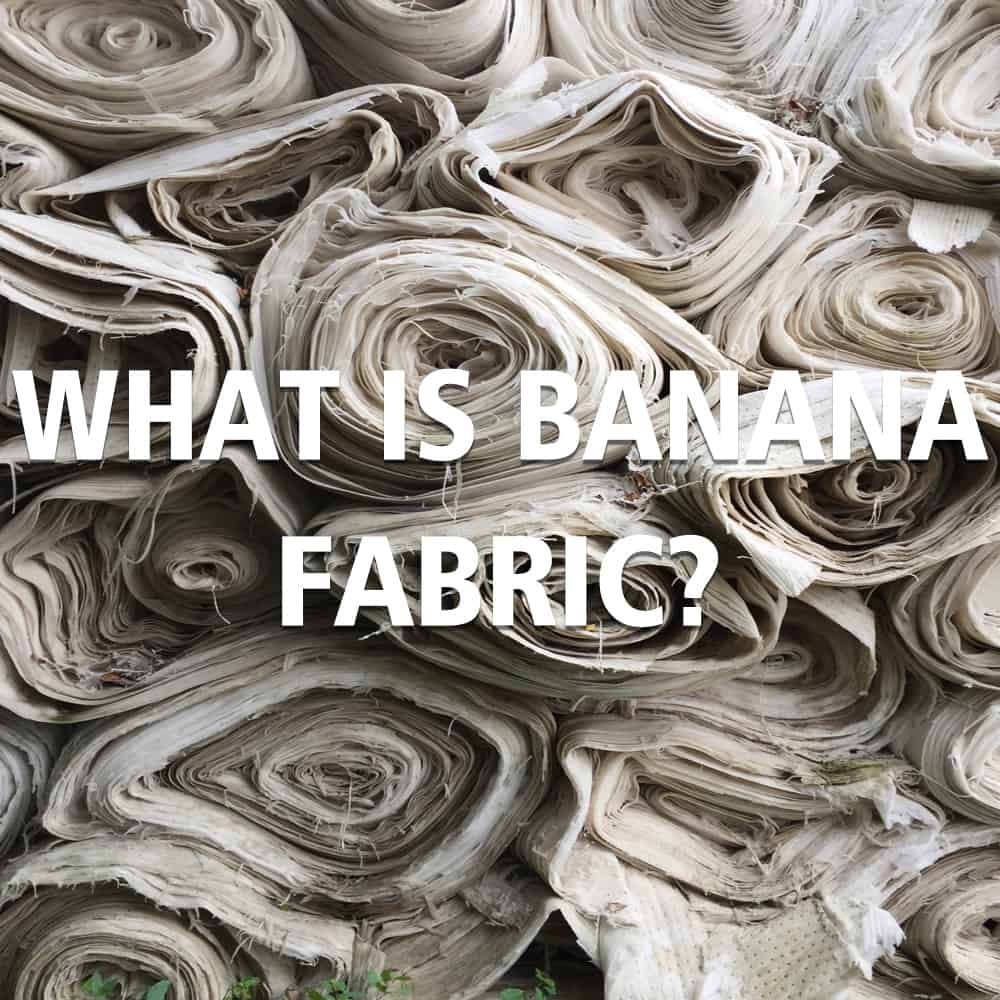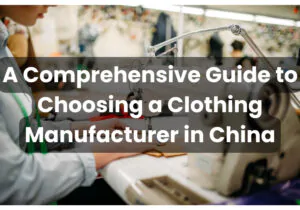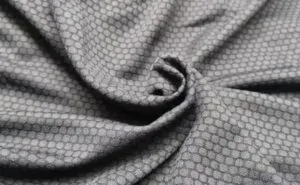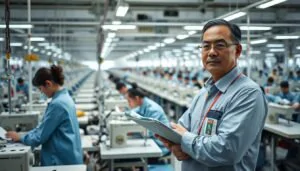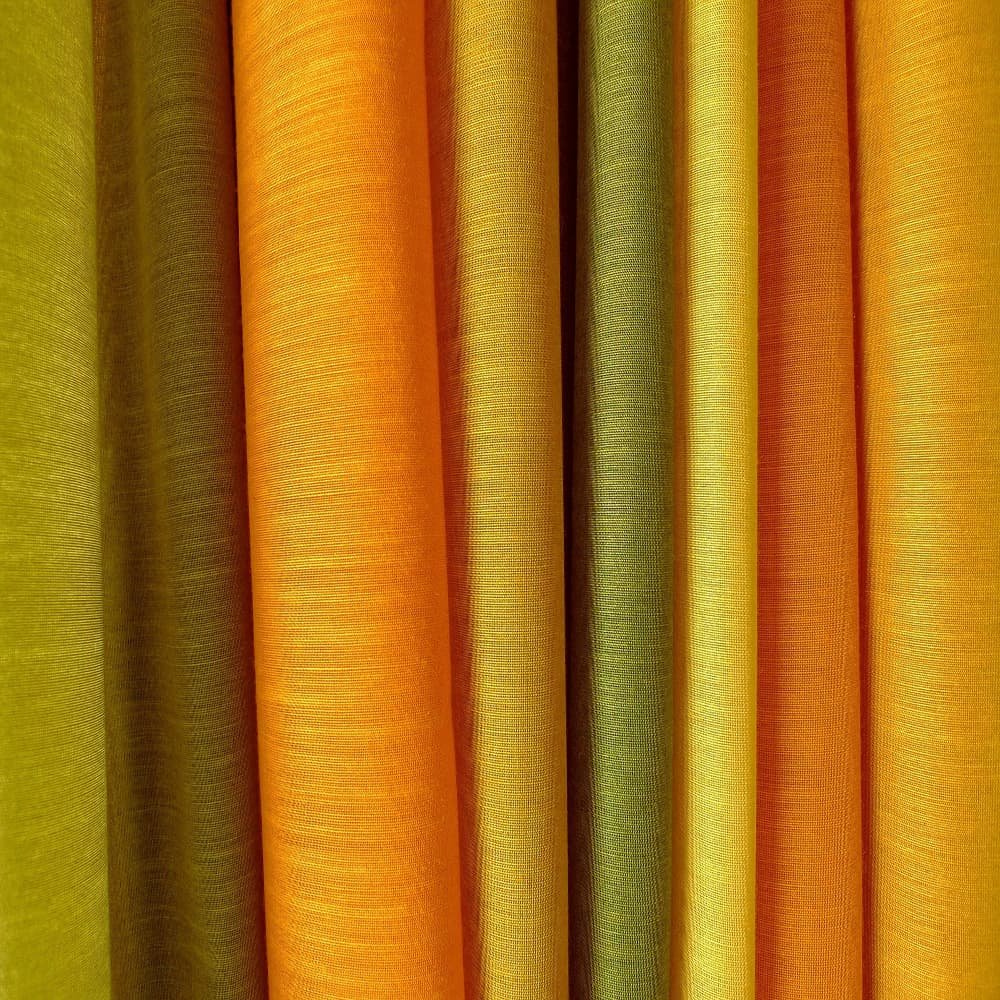
Banana fabric, also known as banana silk, is a textile made from the fibers of the stem of the banana plant. It is a natural, sustainable, and eco-friendly alternative to traditional fabrics like cotton, silk, and polyester.
To create banana fabric, the stem of the banana plant is first harvested and the outer layers are removed. The remaining fibers are then processed into a fine, silky material through a process that involves boiling, washing, and drying. The resulting fabric is lightweight, durable, and has a unique texture that is often compared to silk or bamboo.
Banana fabric has several advantages over other fabrics. For one, it is biodegradable and does not release harmful chemicals into the environment when it decomposes. It is also hypoallergenic and breathable, making it a popular choice for clothing, bedding, and other textiles. Additionally, the production of banana fabric requires fewer resources than the production of traditional fabrics, making it a more sustainable option for the fashion and textile industries.
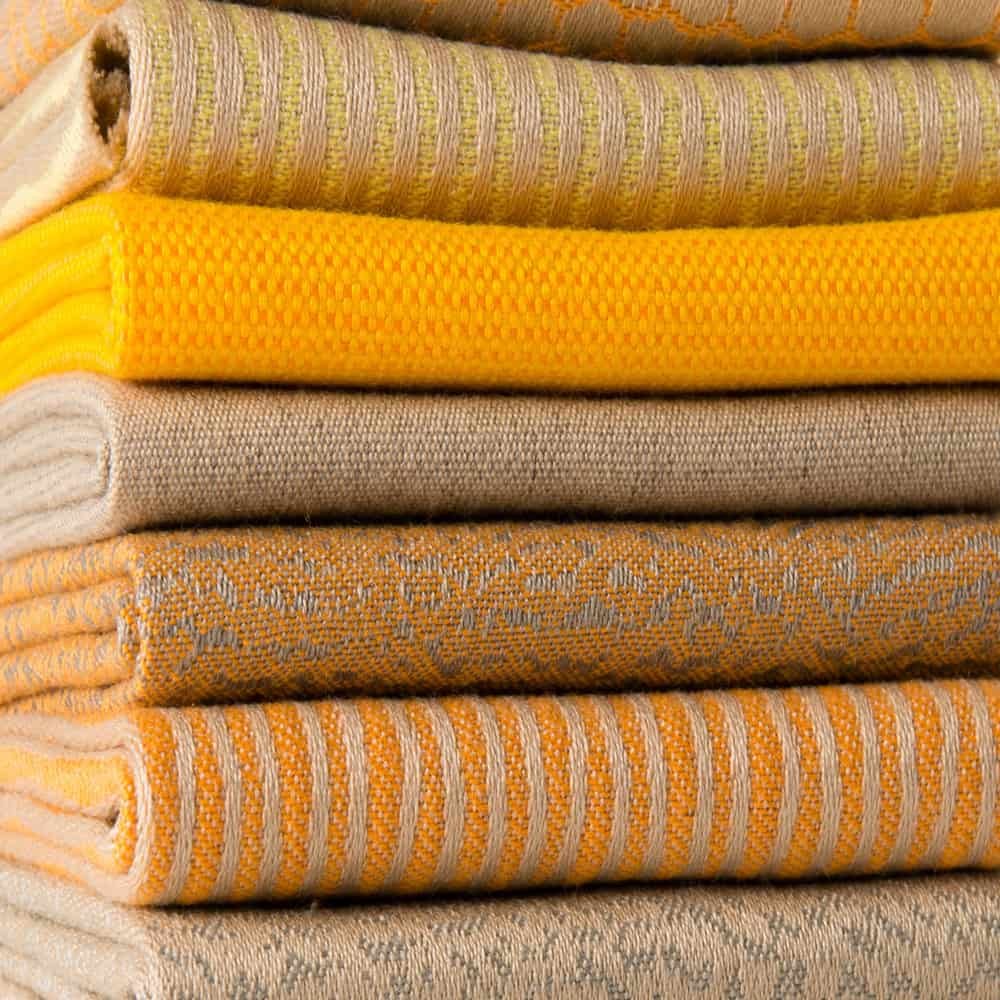
What Is Banana Fabric Used For?
Banana fabric is a versatile textile that can be used for a variety of purposes. Here are some of the most common uses of banana fabric:
Clothing: Banana fabric is commonly used to make clothing such as shirts, skirts, dresses, and blouses. Its soft and silky texture makes it a comfortable option for warm weather.
Home textiles: Banana fabric is used to make home textiles such as bedding, curtains, and upholstery. It is a durable and eco-friendly alternative to traditional fabrics like cotton and polyester.
Accessories: Banana fabric is also used to make accessories such as scarves, bags, and hats. Its unique texture and durability make it a popular choice for eco-friendly and sustainable fashion.
Industrial applications: Banana fabric can also be used for industrial applications such as paper, insulation, and packaging material.
Overall, banana fabric is a versatile and sustainable textile that can be used in a wide range of applications. Its popularity is growing as more people become aware of its eco-friendly benefits and unique texture.
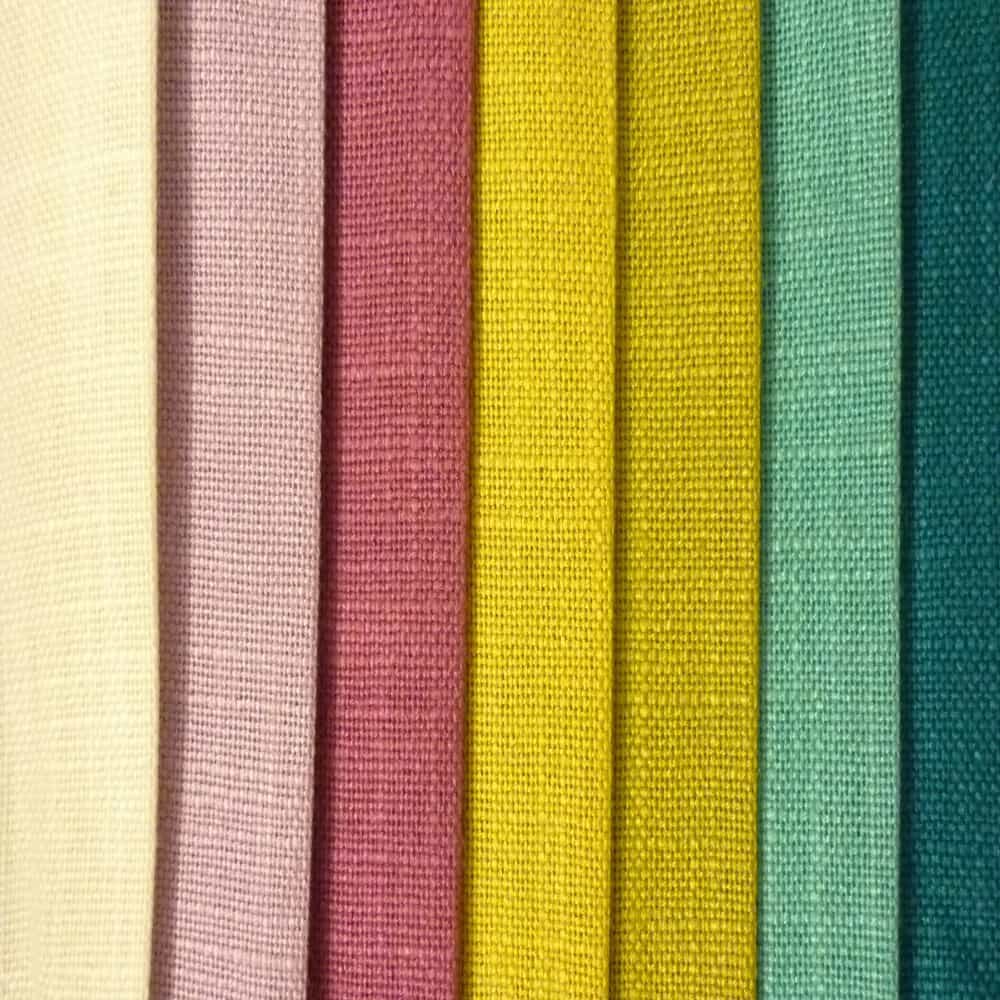
How Do You Make Fabric Out Of Bananas?
To make fabric out of bananas, the long fibers from the banana plant’s stem are extracted and processed into yarn or fabric. Here is a general overview of the process:
Harvesting the banana stem: The stem of the banana plant is harvested when the fruit is ripe. The outer layers of the stem are removed to reveal the long fibers that are used to make the fabric.
Extraction of the fibers: The long fibers are then extracted from the stem using a process called retting. The stem is soaked in water for several days or weeks to soften the fibers and remove the non-fibrous material. The fibers are then extracted by hand or machine.
Cleaning and spinning: The fibers are then cleaned and spun into yarn using a spinning wheel or machine. The yarn can be used to make a variety of fabrics, from lightweight and breathable to heavy and durable.
Weaving or knitting: The yarn is then woven or knitted into fabric using traditional weaving or knitting techniques. The fabric can be dyed or printed with a variety of colors and patterns.
Finishing: The finished fabric is then washed and dried, and may be treated with a variety of finishes to improve its durability, texture, or other properties.
The process of making fabric from banana fibers is labor-intensive and time-consuming, and requires specialized equipment and skills. However, it is a sustainable and eco-friendly alternative to traditional textiles and offers unique texture and properties that cannot be found in other fabrics.
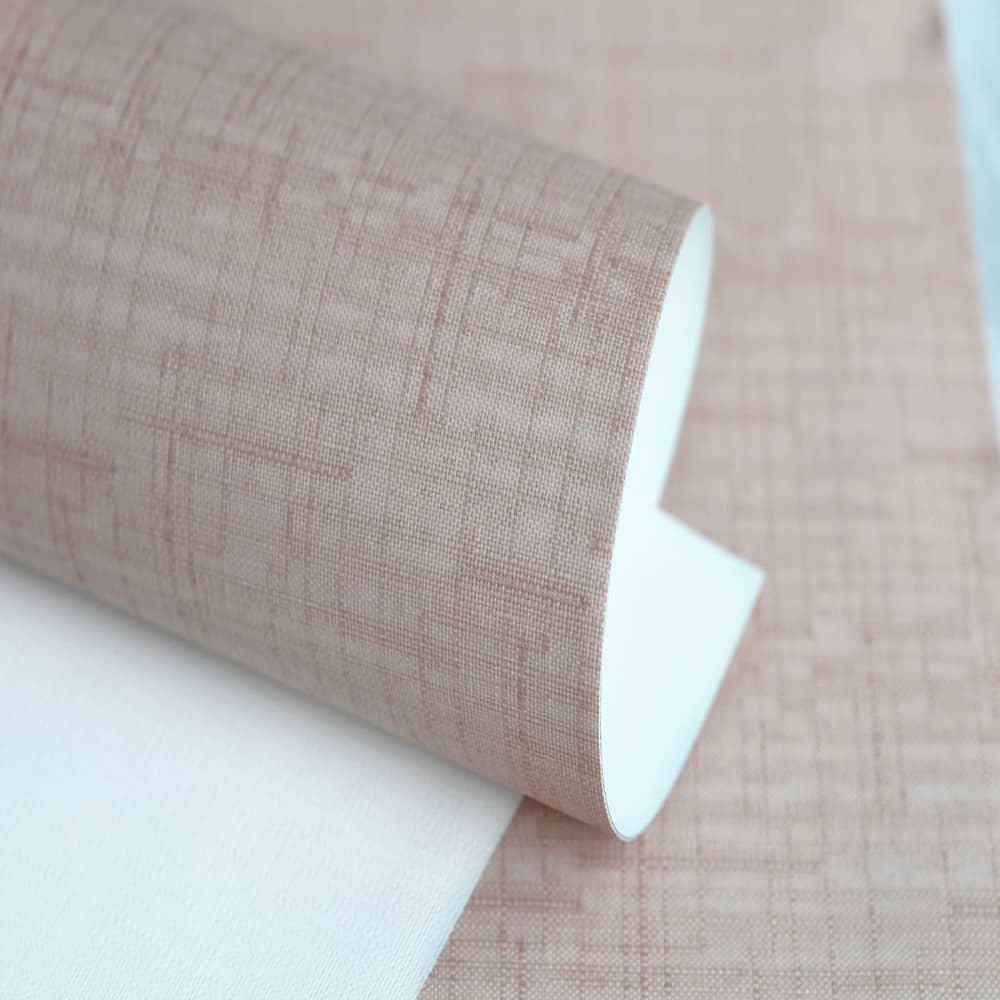
Advantages And Disadvantages Of Banana Fabric
Banana fabric, also known as banana silk, is a textile made from the fibers of the stem of the banana plant. It is a natural and eco-friendly alternative to traditional textiles like cotton, silk, and polyester. Banana fabric has several advantages and disadvantages that should be considered before deciding to use it.
Advantages of Banana Fabric:
- Eco-Friendly: Banana fabric is a sustainable and eco-friendly alternative to traditional textiles. The banana plant is a renewable resource that requires less water, pesticides, and fertilizers than other crops, making it a more environmentally friendly option. Additionally, banana fabric is biodegradable, so it does not contribute to pollution when it decomposes.
- Hypoallergenic: Banana fabric is hypoallergenic, which means it does not cause skin irritation or allergies. This makes it an ideal choice for people with sensitive skin.
- Durable: Banana fabric is a durable textile that can withstand regular use and washing. It is resistant to pilling and tearing, making it a good choice for clothing and home textiles.
- Soft and Comfortable: Banana fabric has a soft and silky texture that is comfortable to wear and use. It is often compared to silk or bamboo fabric.
- Breathable: Banana fabric is breathable and allows air to flow through, making it ideal for warm weather. It is also moisture-wicking, which means it absorbs moisture from the skin and keeps it dry.
Disadvantages of Banana Fabric:
- Limited Availability: Banana fabric is still a niche product and not widely available in the market. It may be difficult to find in some areas, and the cost may be higher than traditional fabrics.
- Cost: The cost of banana fabric is higher than that of traditional fabrics. This is due to the labor-intensive process required to extract the fibers from the banana plant and turn them into fabric. The higher cost may make it less accessible to some people.
- Difficult to Clean: Banana fabric requires special care when cleaning. It is not suitable for machine washing or drying and should be hand washed or dry cleaned. This may make it less convenient for some people.
- Limited Color Options: Banana fabric is available in a limited range of colors, which may not be suitable for everyone’s tastes. It may be challenging to find the desired color or pattern in banana fabric.
- Texture: Although the texture of banana fabric is unique and attractive, some people may find it too rough or scratchy. This may make it less comfortable to wear or use for some individuals.
In conclusion, banana fabric has several advantages and disadvantages that should be considered when deciding to use it. It is a sustainable and eco-friendly alternative to traditional textiles, but it is also more expensive and requires special care when cleaning. Its unique texture and hypoallergenic properties make it a popular choice for clothing, home textiles, and accessories. However, the limited availability and color options may make it challenging to find the desired product. Overall, banana fabric is a promising material that offers many benefits for those looking for sustainable and eco-friendly alternatives to traditional textiles.

